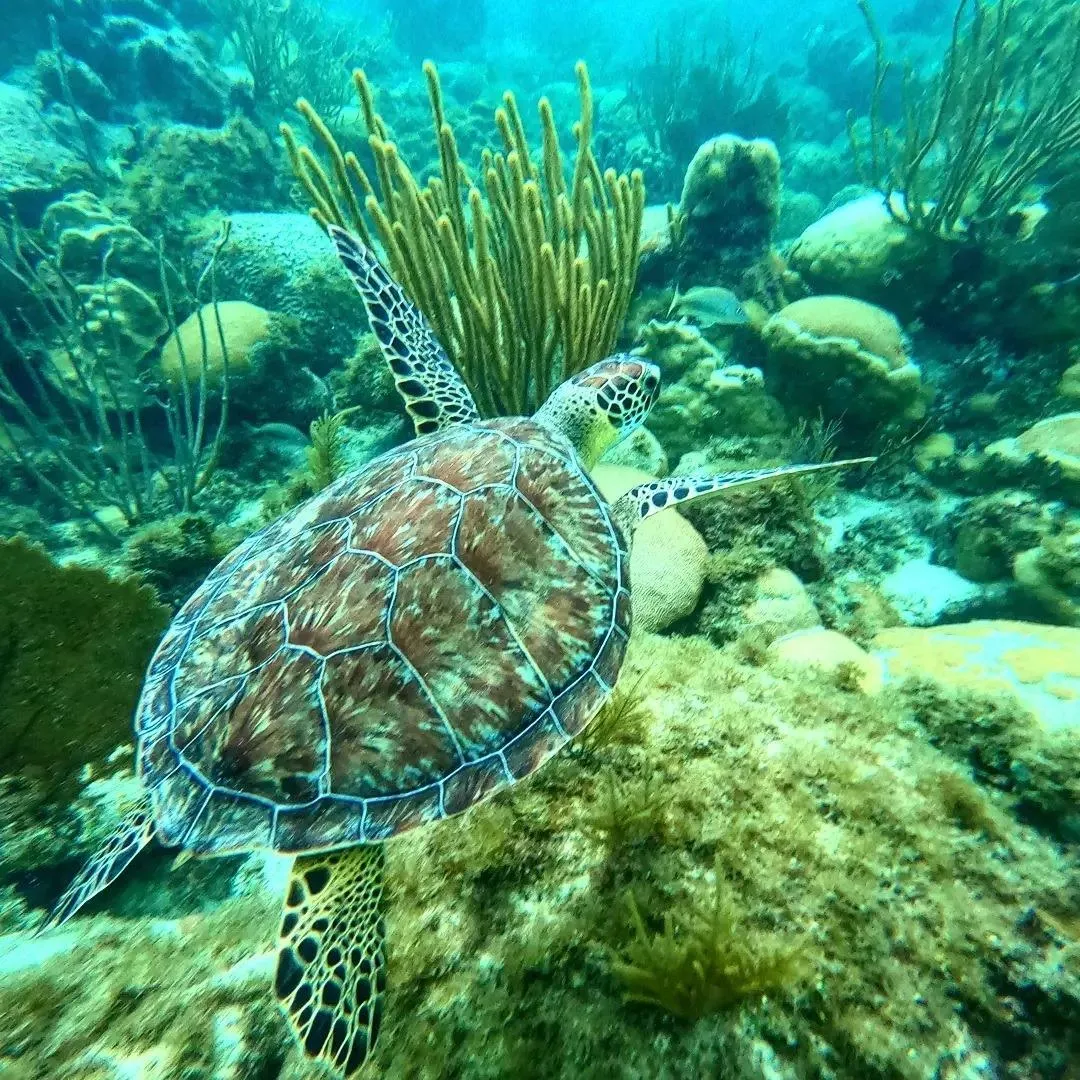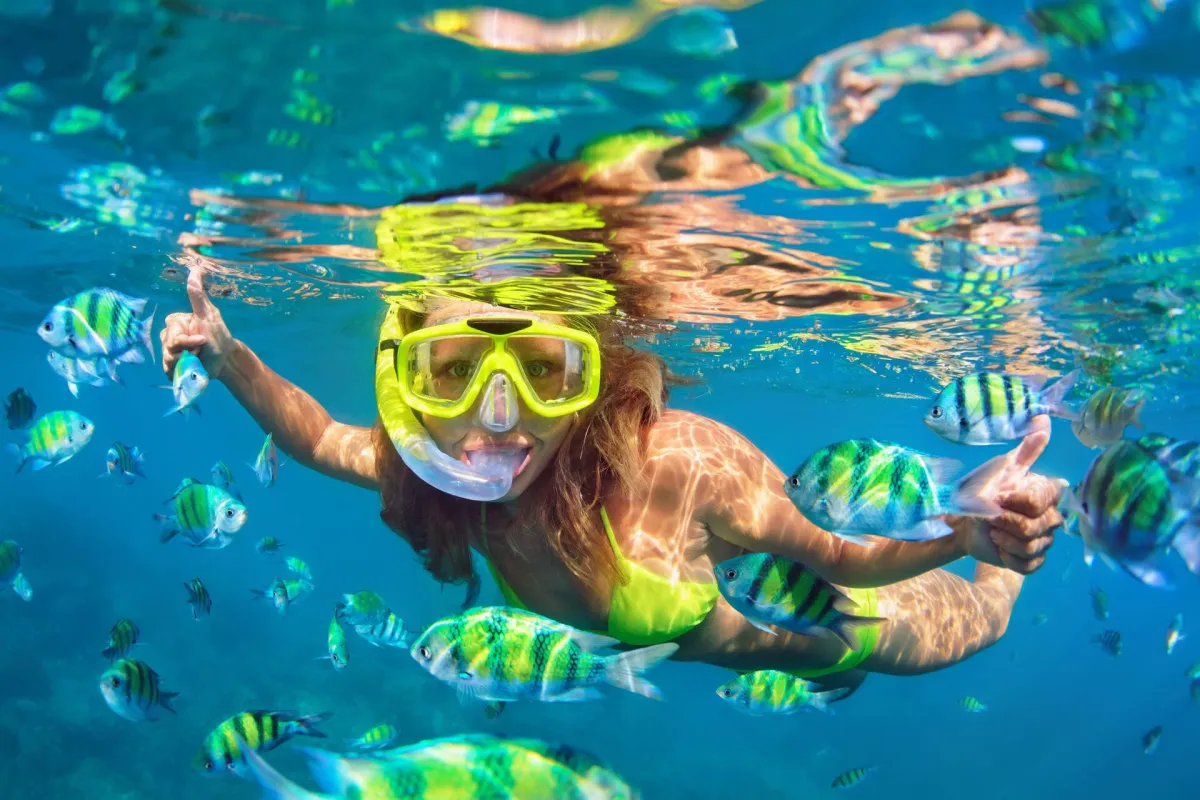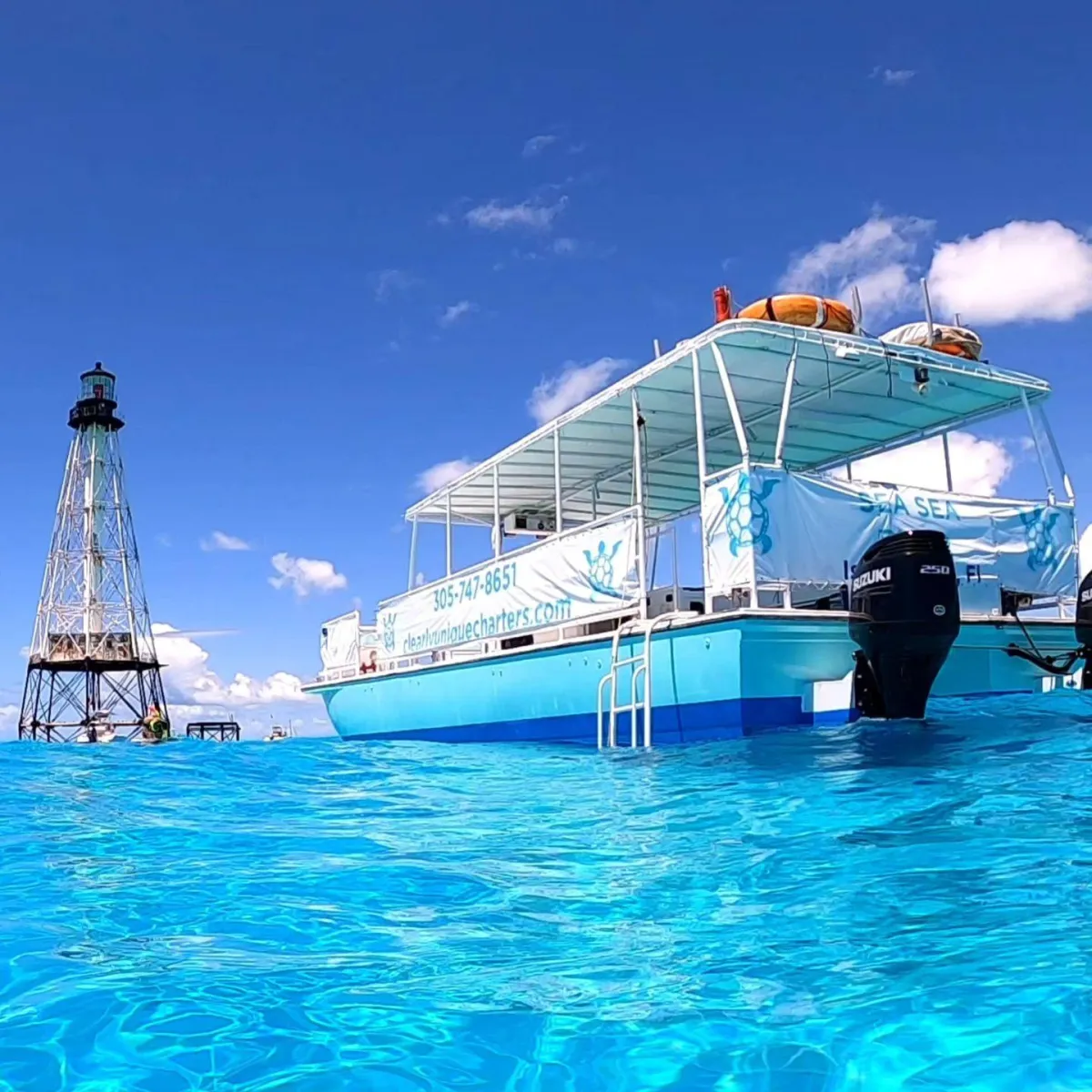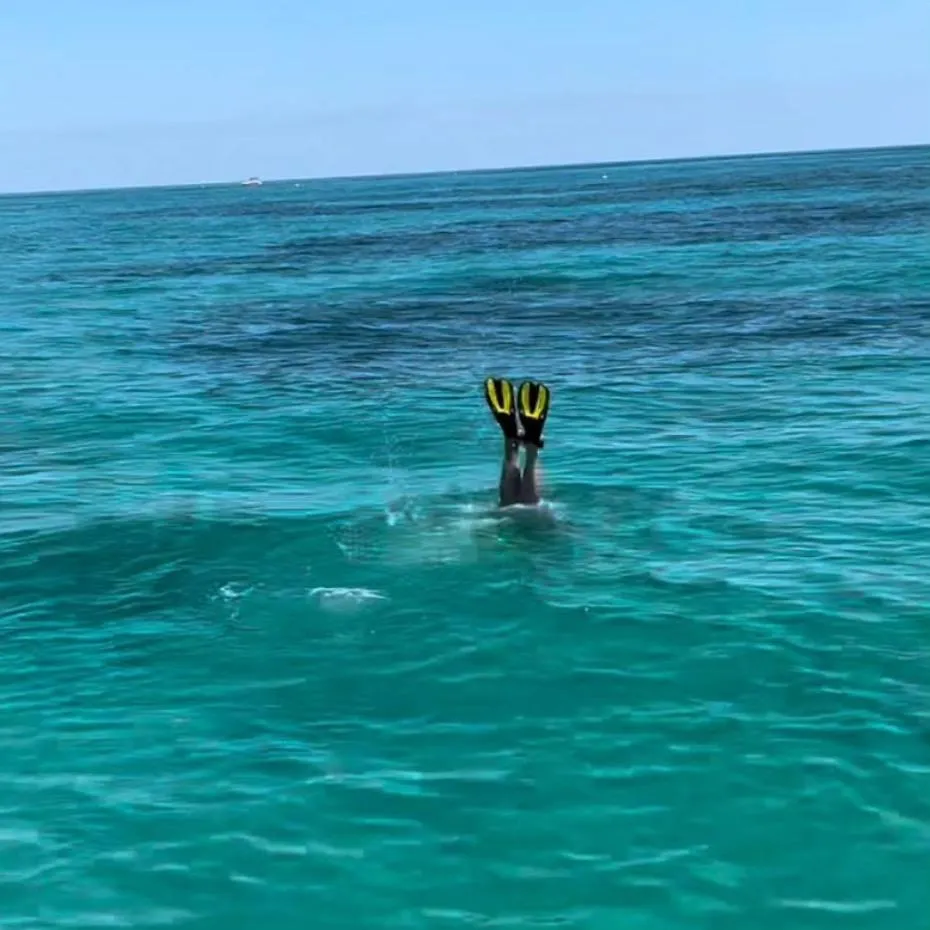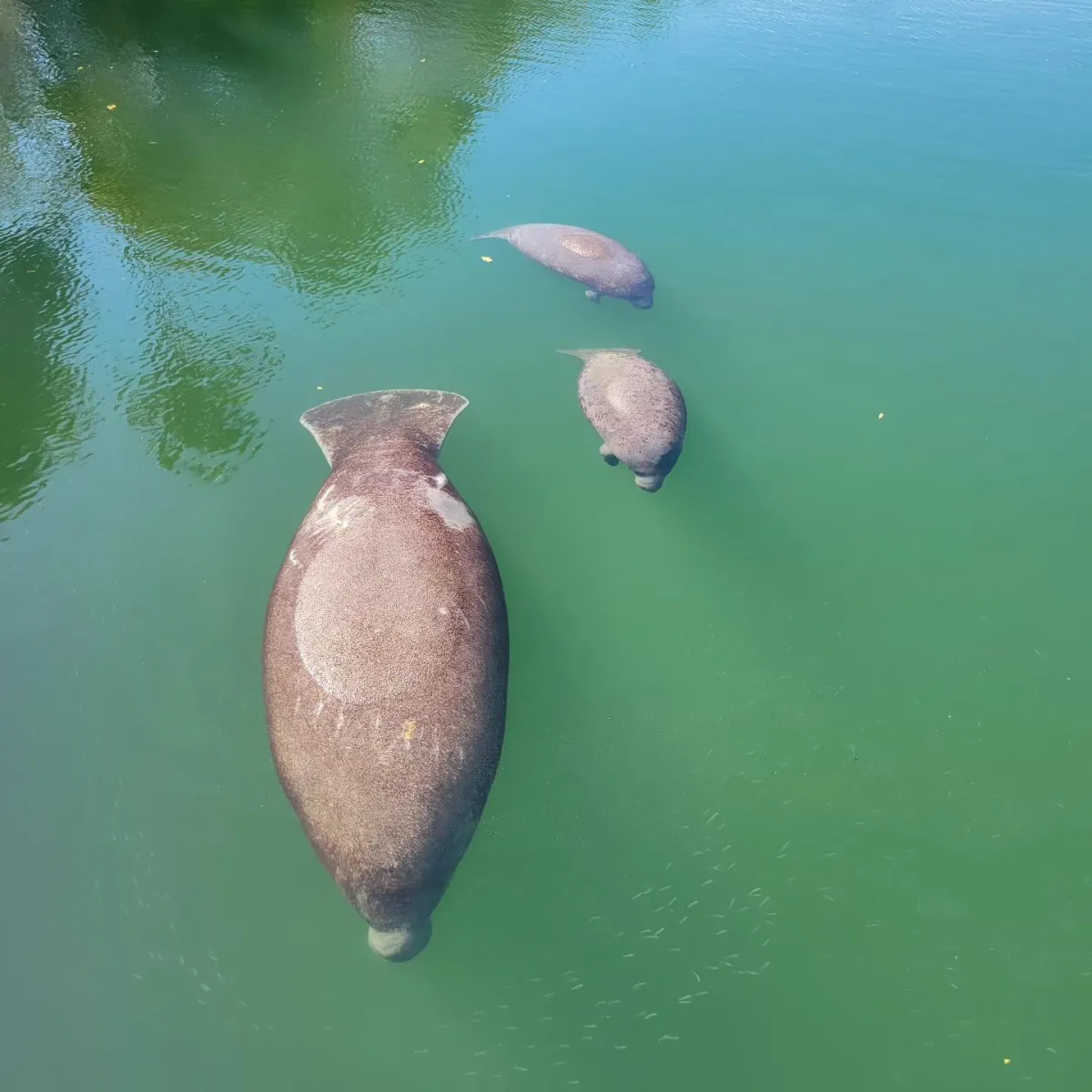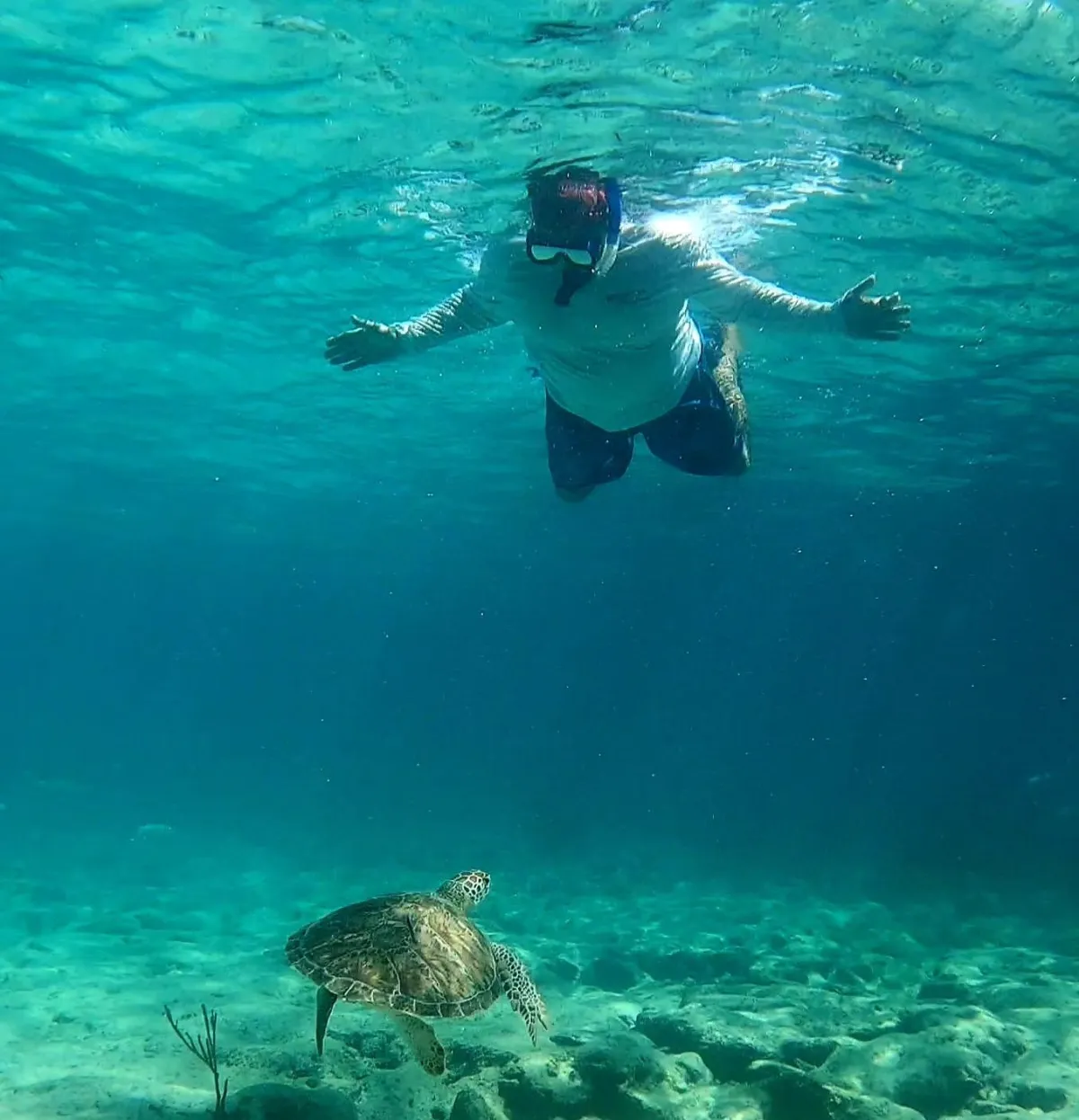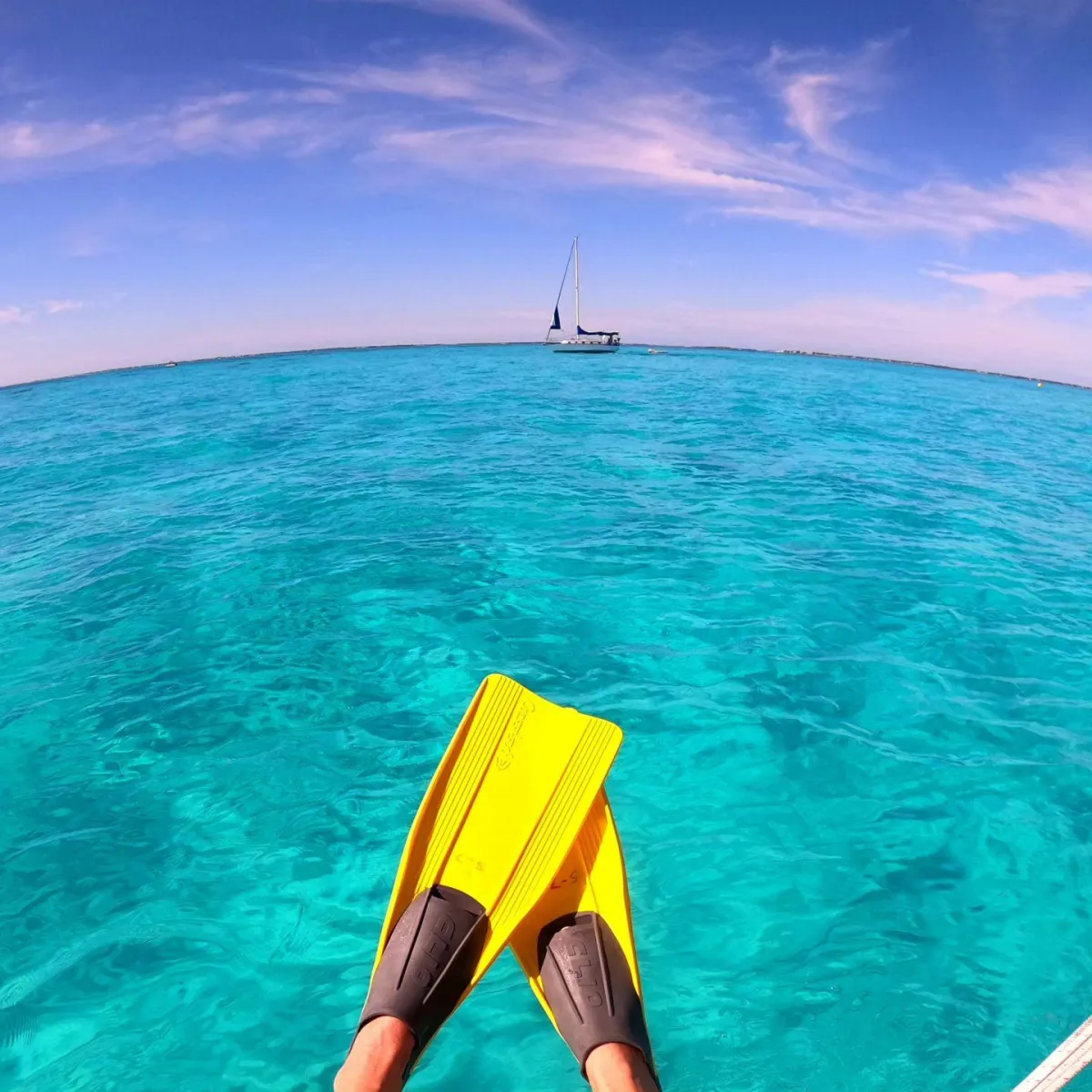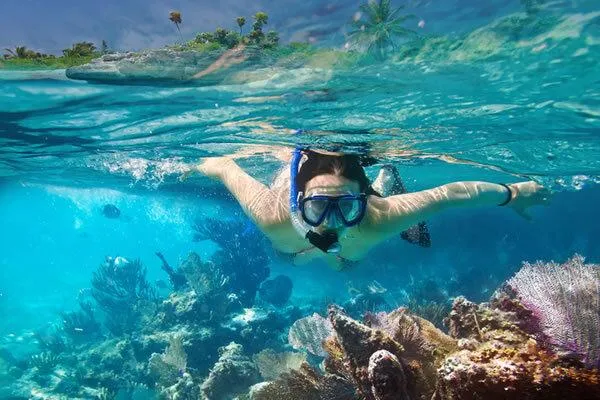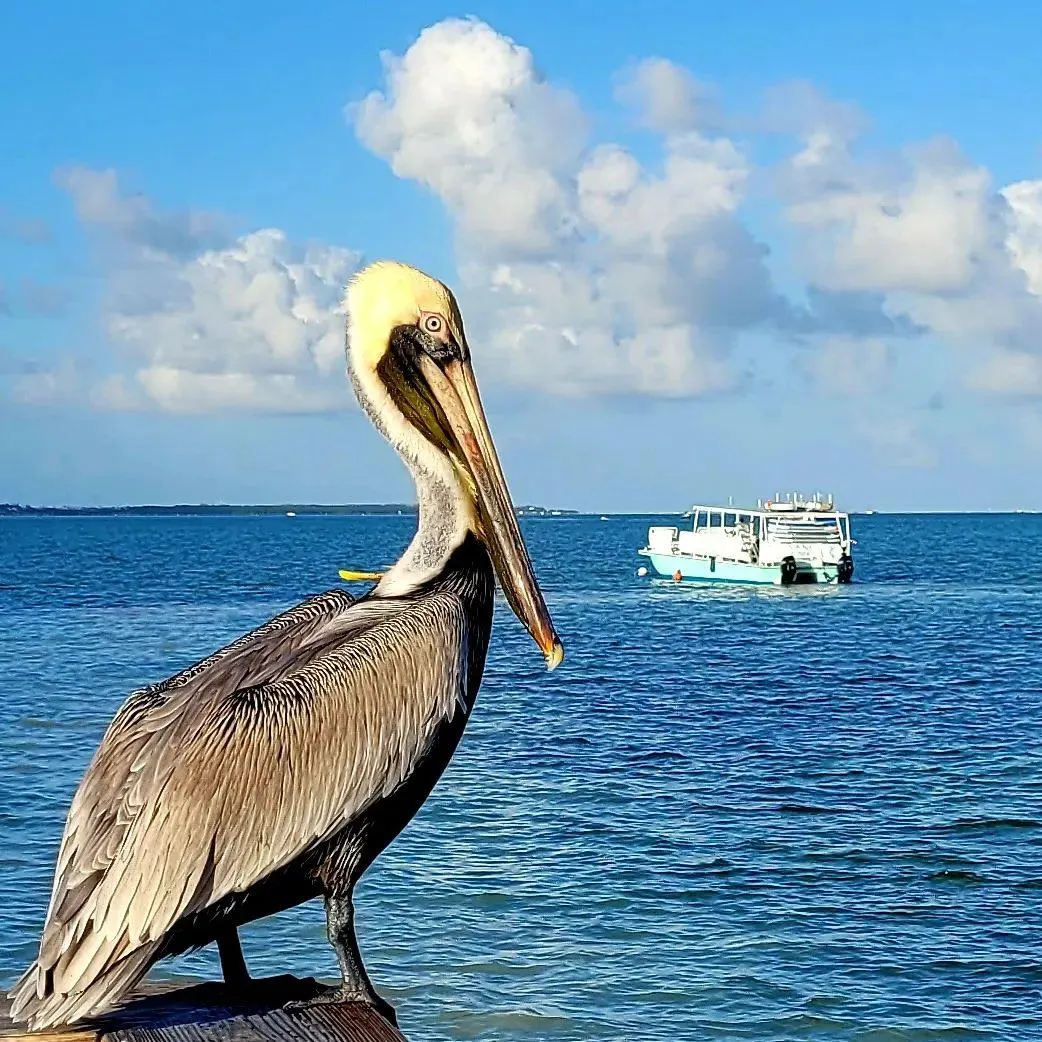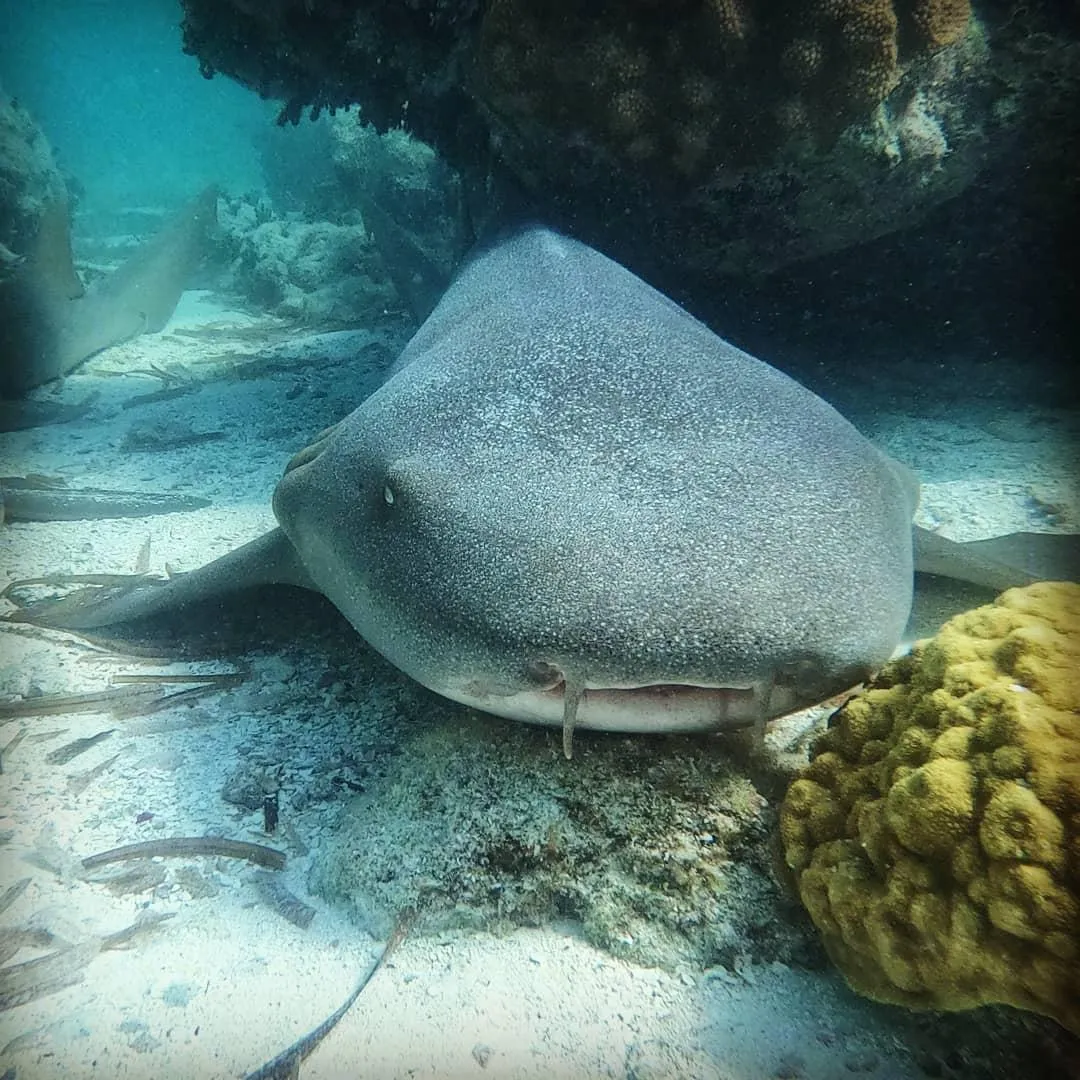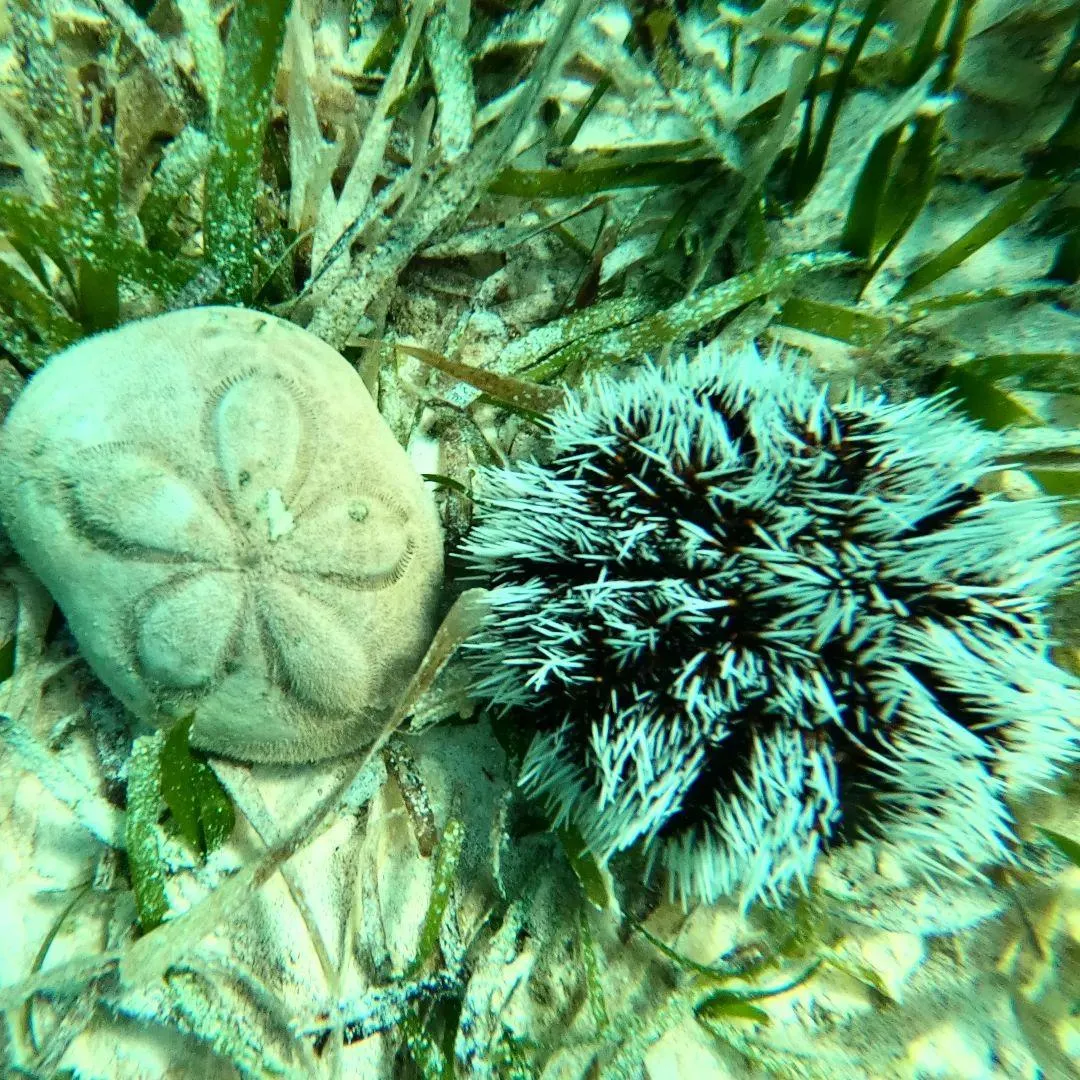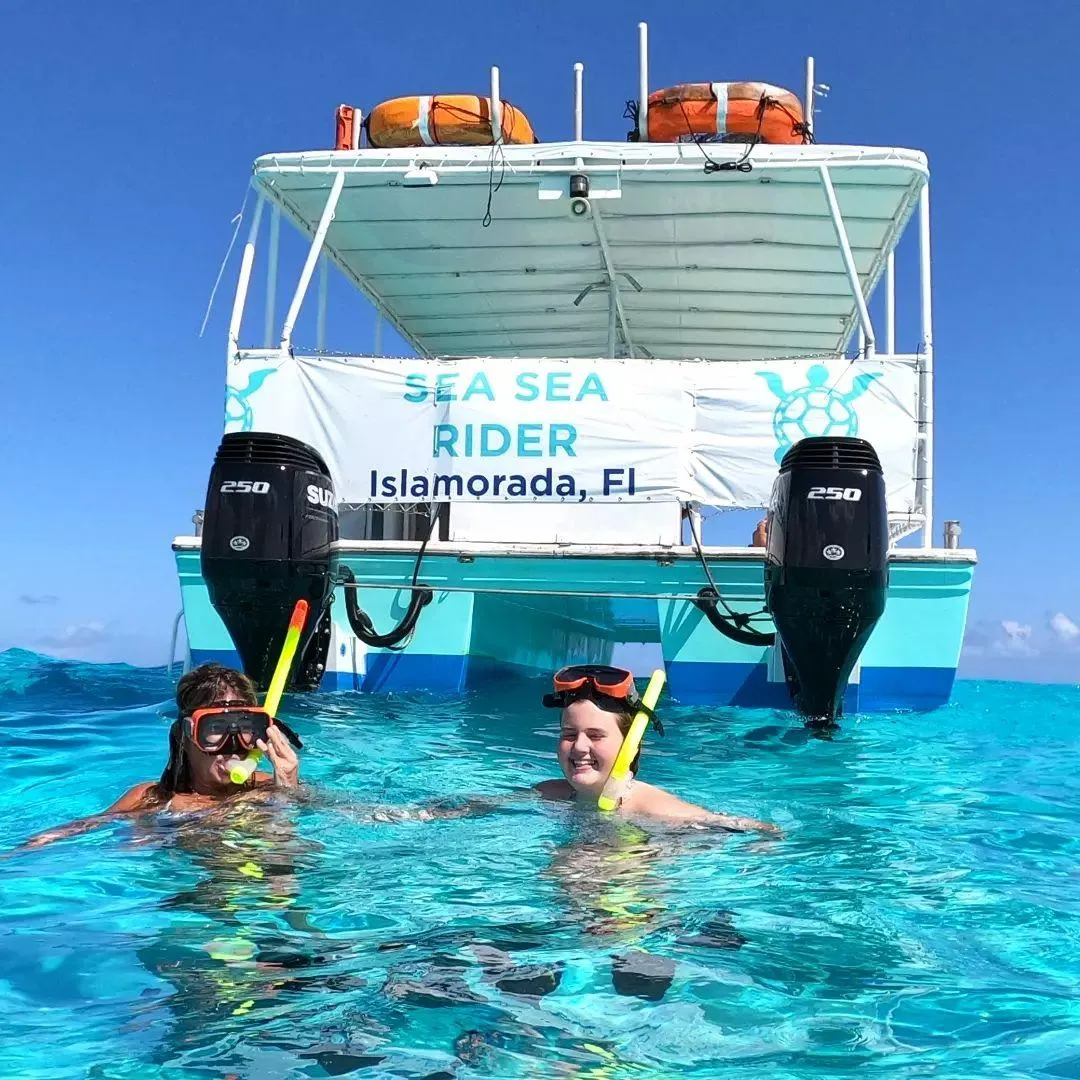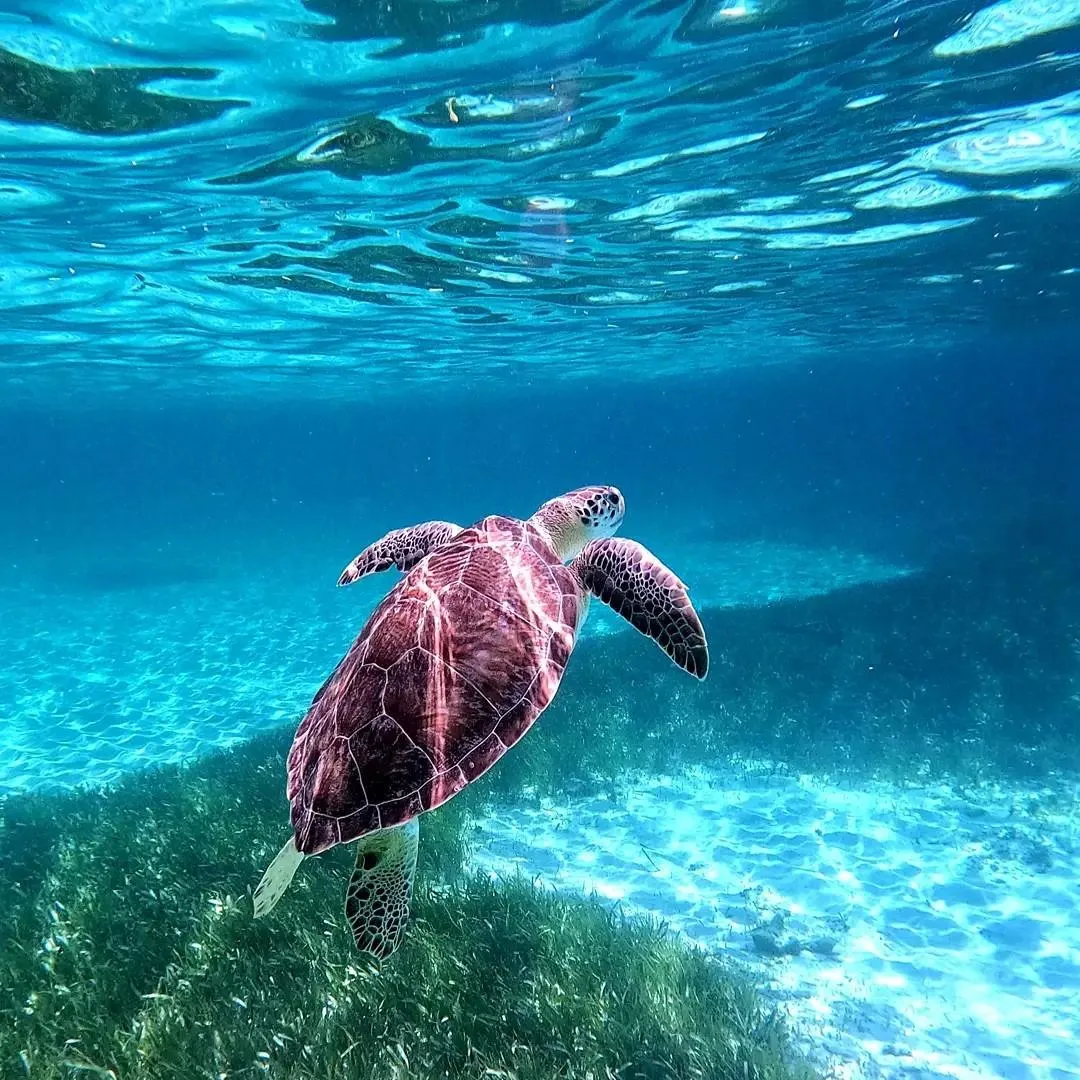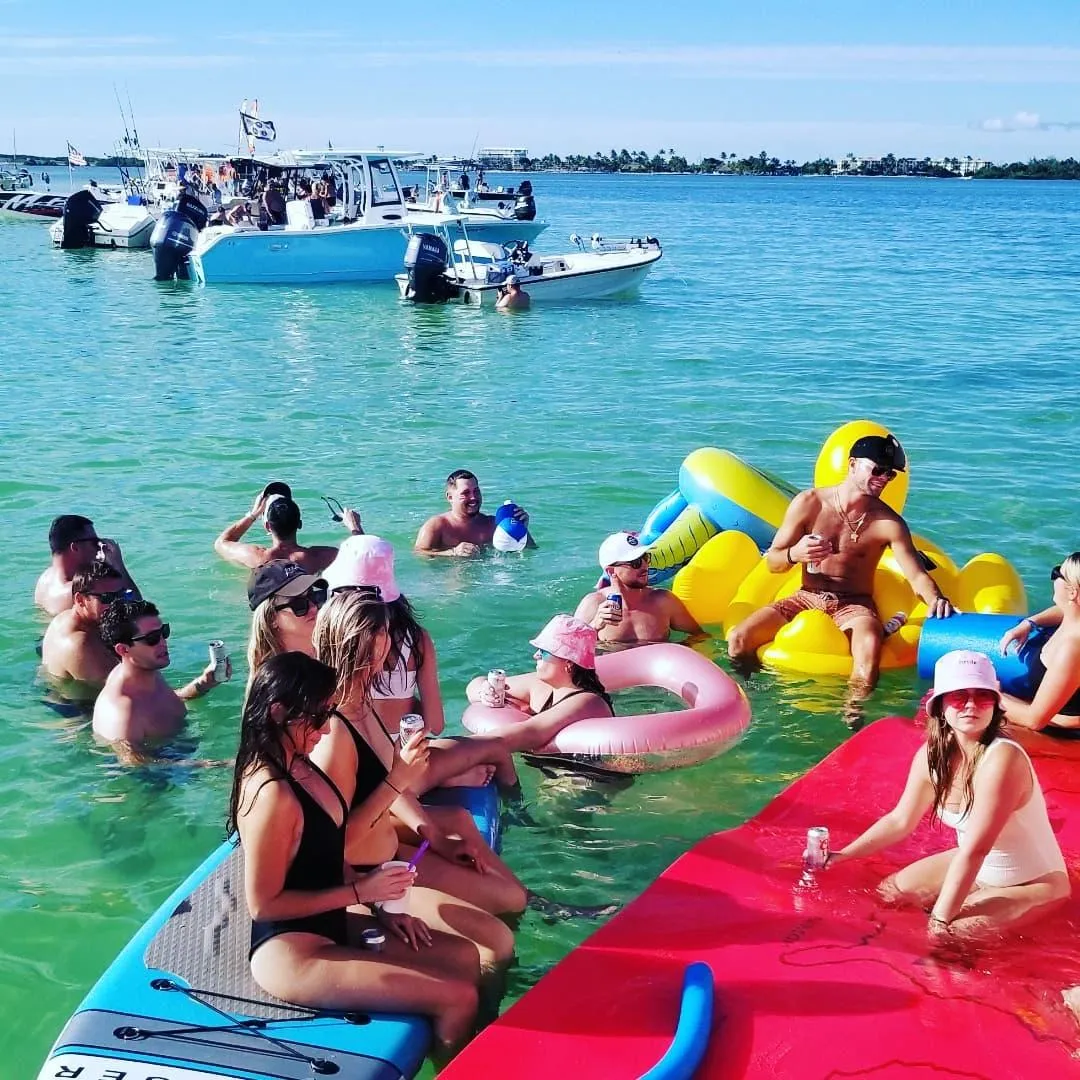SNORKEL, SANDBAR & SUNSET TOURS
Join Clearly Unique as we Explore the Florida Keys on our Snorkeling, Sandbar, and Sunset Tours.
Three Convenient Locations in Islamorada!
Whale Harbor Marina, The Islander Resort and Cheeca Lodge & Spa!
SNORKEL, SANDBAR & SUNSET TOURS
Join Clearly Unique as we Explore the Florida Keys on our Snorkeling, Sandbar, and Sunset Tours.
Three Convenient Locations in Islamorada!
Whale Harbor Marina, The Islander Resort and Cheeca Lodge & Spa!
Snorkeling Sandbar Sunset Tours | Clearly Unique Charters
Discover the Hidden Treasures of Islamorada's Crystal Waters
Snorkeling Sandbar Sunset Tours | Clearly Unique Charters
Discover the Hidden Treasures of Islamorada's Crystal Waters
Species of Fish in the Florida Keys
Trips Per Year
Happy Guests Since 2010
Species of Fish in the Florida Keys
Trips Per Year
Happy Guests Since 2010
SNORKELING, SANDBAR, AND SUNSET TRIPS
There are few places in the world more beautiful than the Florida Keys. Here at Clearly Unique we love showing people just like you why we love the Keys! We hope that you'll allow us to introduce you to the beauty of Islamorada and the wonder of our ocean life.
Islamorada Snorkeling Tour

Snorkel one of Islamorada's beautiful reefs
Put your toes in the sand at Islamorada's famous sandbar
Highly rated tours and experiences
Use of stand up paddleboards
Family friendly
Large groups welcome
Highly recommended by hotels and agencies
Drinks provided on sunset and sandbar trips
SNORKELING, SANDBAR, AND SUNSET TRIPS
There are few places in the world more beautiful than the Florida Keys. Here at Clearly Unique we love showing people just like you why we love the Keys! We hope that you'll allow us to introduce you to the beauty of Islamorada and the wonder of our ocean life.
Islamorada Snorkeling Tour

Snorkel one of Islamorada's beautiful reefs
Put your toes in the sand at Islamorada's famous sandbar
Highly rated tours and experiences
Use of stand up paddleboards
Family friendly
Large groups welcome
Highly recommended by hotels and agencies
Drinks provided on sunset and sandbar trips
OUR TOURS
Here at Clearly Unique we specialize in introducing you to the amazing wildlife and waterways around the Keys. Whether you join us for a Sandbar Trip or Snorkeling Trip you'll get to experience the wildlife and nature up close and personal.
Our experiences and led by some of the most experienced Guides in the Florida Keys. Not only is our knowledge extensive, our guides will keep you safe at all times, allowing you to relax and enjoy the beauty of the Keys.
We offer Snorkeling Tours, Sandbar Tours, Snorkel/Sandbar Combo’s and Sunset Cruises in Islamorada.
Our Fleet - Built for Every Adventure
Whether you're planning an intimate sunset cruise or hosting a large celebration, our two exceptional vessels are designed to deliver unforgettable experiences on the water. The 45ft Corinthian "Sea Sea Rider" accommodates up to 49 passengers and serves as the ideal platform for snorkeling excursions, sandbar adventures, sunset cruises, and large private parties. With its spacious layout specifically configured for events, this vessel ensures comfort and enjoyment for larger groups. For a more intimate experience, our 38ft Beachcat "Tiki Boat" welcomes up to 42 guests and excels at sandbar visits, snorkeling trips, sunset cruises, and casual gatherings. Its easy boarding design makes accessing the sandbar effortless for passengers of all ages and abilities, ensuring everyone can fully enjoy their time on the water.
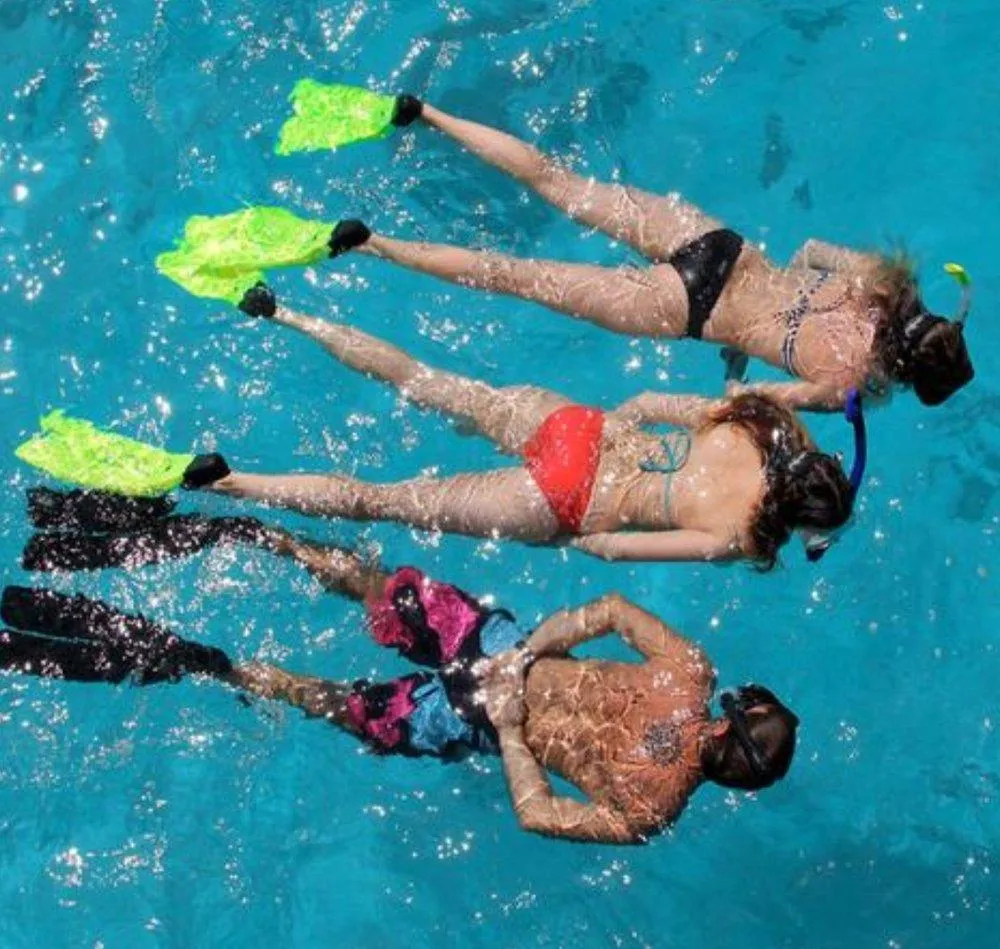
Snorkeling, Sandbar & Sunset Cruises
Islamorada
If you're visiting the Keys, it would be a real shame if you didn't spend some time with a snorkeling mask on. Clearly Unique offers Snorkeling Tours for groups in some of the most beautiful water in the Keys.
Our Fleet - Built for Every Adventure

Snorkeling, Sandbar & Sunset Cruises
Islamorada
If you're visiting the Keys, it would be a real shame if you didn't spend some time with a snorkeling mask on. Clearly Unique offers Snorkeling Tours for groups in some of the most beautiful water in the Keys.
CLEARLY UNIQUE TOUR GALLERY
EXPERIENCE ISLAMORADA
Explore Islamorada in a clearly unique way. Snorkeling, sandbar, and sunset cruises for the whole family to enjoy. Start your journey today!
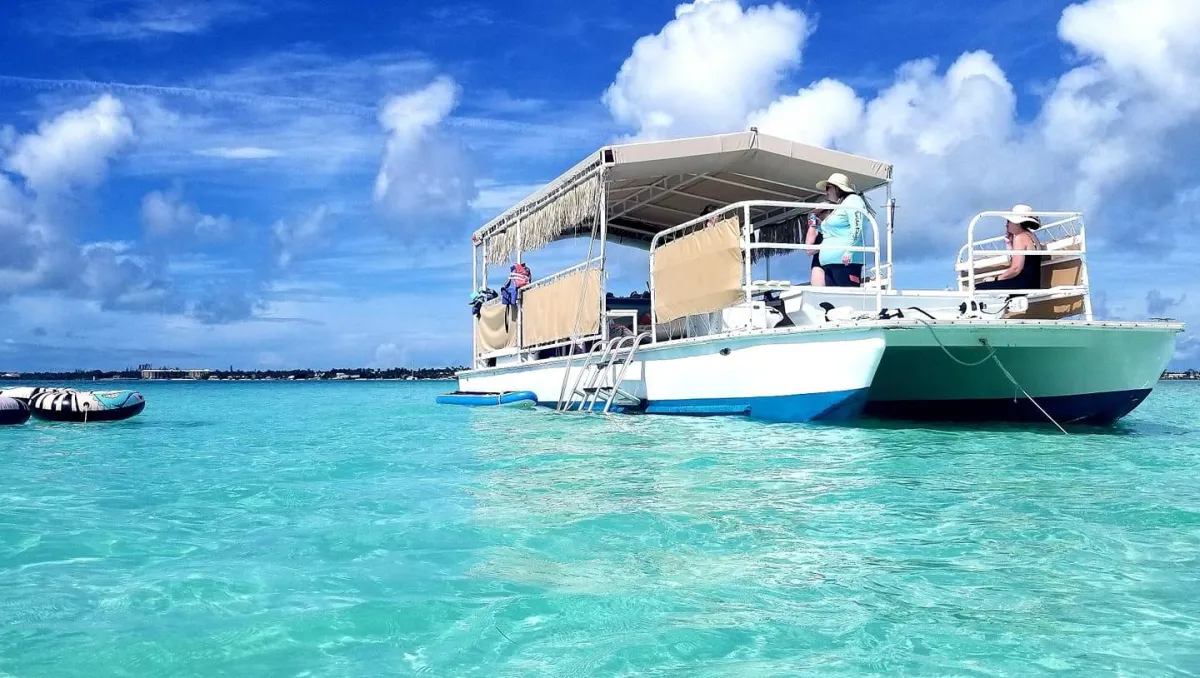
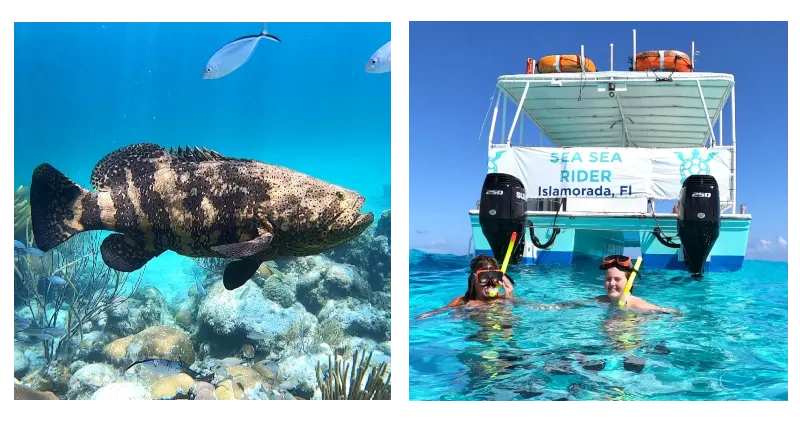
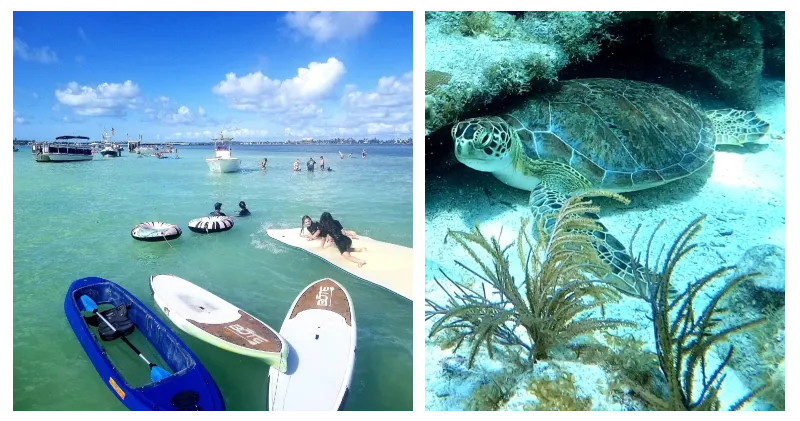
CLEARLY UNIQUE TOUR GALLERY
EXPERIENCE ISLAMORADA
Explore Islamorada in a clearly unique way. Snorkeling, sandbar, and sunset cruises for the whole family to enjoy. Start your journey today!



ARE YOU READY FOR THE BEST TOURS IN THE FLORIDA KEYS?
We have limited availability for each of our trips - so don't delay.
Testimonial From Previous Guests Of Clearly Unique
Testimonial From Previous Guests Of Clearly Unique
Clearly Unique Charters is the travelers choice for Snorkeling and Sandbar Tips in the Florida Keys!
Clearly Unique Charters is the travelers choice for Snorkeling and Sandbar Tips in the Florida Keys!

